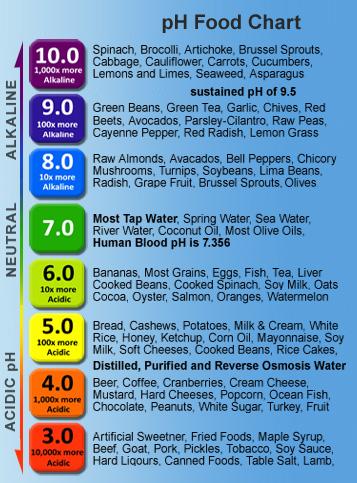Here is a simple explanation of Kinesiology. For those of you who like a more scientific explanation scroll down…
Kinesiology is a gentle and holistic way of understanding what your body needs in order to return to balance — physically, emotionally, and energetically.
Think of Kim (the kinesiologist) as a translator for your body.
Your body is constantly communicating — through symptoms, tension, emotions, and energy — but most of us don’t know how to “speak” that language. Kim uses kinesiology to listen to what your body is saying beneath the surface. It’s not about diagnosing illness; it’s about finding where stress, imbalance, or blocked energy is sitting, and helping the body restore harmony.
💪 How Muscle Monitoring Works
Muscle monitoring is the key tool in kinesiology.
It’s based on the idea that your muscles instantly respond to stress or truth. When your body is in harmony with a statement, image, or stimulus, the muscle stays strong. When something creates stress, confusion, or imbalance, the muscle temporarily unlocks or weakens.
Here’s what happens in a session:
- Kim will gently apply light pressure to a muscle (often an arm or leg) while asking specific questions or bringing awareness to certain ideas, memories, or parts of the body.
- Your nervous system and subconscious respond in real time.
- The muscle’s response gives direct feedback — a bit like your body’s own “yes/no” system.
This allows Kim to trace where the stress pattern is coming from (it might be physical, emotional, biochemical, or energetic), and then find the right correction to bring your system back into balance.
🌸 Why It’s So Helpful
Because muscle monitoring taps into the body’s own intelligence, it can:
- Bypass the conscious mind and get straight to the root cause of what’s happening
- Reveal hidden stress patterns or emotions that the mind might not be aware of
- Identify which remedies, movements, or acupressure points will best support your healing
- Create deep self-awareness and help your body feel safe, calm, and integrated
In essence, kinesiology helps you listen to your body’s wisdom — so healing isn’t something done to you, but something your body participates in directly.
🧠 What Is Kinesiology? (A scientific explanation)
Kinesiology is a biofeedback-based modality that uses the body’s neuromuscular responses to identify stress patterns and restore balance in the nervous system. It works on the understanding that the body’s muscular system, nervous system, and energetic system are interconnected — and that muscle tone changes subtly in response to physical, emotional, or biochemical stress.
🦵 The Science of Muscle Monitoring
During a kinesiology session, a practitioner uses a process called muscle monitoring (or manual muscle testing). This involves placing a limb or muscle group into a specific position and applying light, consistent pressure.
The key mechanism is neuromuscular feedback — the communication loop between:
- Sensory receptors (muscle spindles and Golgi tendon organs) in the muscle,
- The spinal cord and brainstem, which process the sensory information, and
- Motor neurons, which send a signal back to the muscle to maintain or release tone.
When the body encounters a stimulus that creates stress — whether physical (pain, injury), biochemical (nutritional imbalance), or emotional (unresolved memory, environmental stressor) — the autonomic nervous system (ANS) shifts momentarily into a protective state (fight, flight, or freeze).
This protective shift causes a transient inhibition or change in muscle tone, which can be detected by the practitioner’s gentle testing.
🧩 How the Body Communicates
In kinesiology, the practitioner uses this neuromuscular feedback as a form of biofeedback communication — a way to “listen” to how the body’s systems are functioning.
By observing when a muscle maintains integrity versus when it momentarily unlocks, the practitioner gathers information about:
- Stress load within specific neurological pathways
- Dysregulation in the autonomic or limbic systems
- Potential biochemical or structural imbalances
- Emotional or energetic triggers activating the body’s defense responses
This is not about “strength” or “weakness” of the muscle in a traditional sense; rather, it reflects neurological coherence — whether the brain and muscle are communicating efficiently under a given stimulus.
⚖️ Why It’s Helpful
Because the body’s neurology responds faster than conscious thought, kinesiology can identify subconscious stress patterns that might not yet present as symptoms.
By identifying these patterns and using corrections such as acupressure, breathwork, movement, or energetic balancing, the practitioner helps the nervous system return to a parasympathetic (rest-and-repair) state.
This supports:
- Improved regulation of the autonomic nervous system
- Reduction of chronic muscle tension and pain
- Enhanced emotional regulation via the limbic system
- Better energy flow through neurolymphatic and meridian pathways
🧬 Summary
In scientific terms, kinesiology works by using neuromuscular biofeedback to access the body’s autonomic and limbic responses. It provides real-time information about stress integration and helps guide interventions that restore homeostasis across physical, biochemical, and emotional systems.







